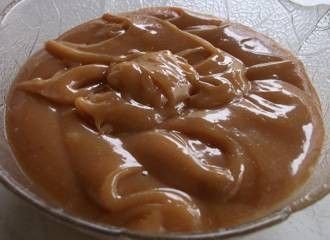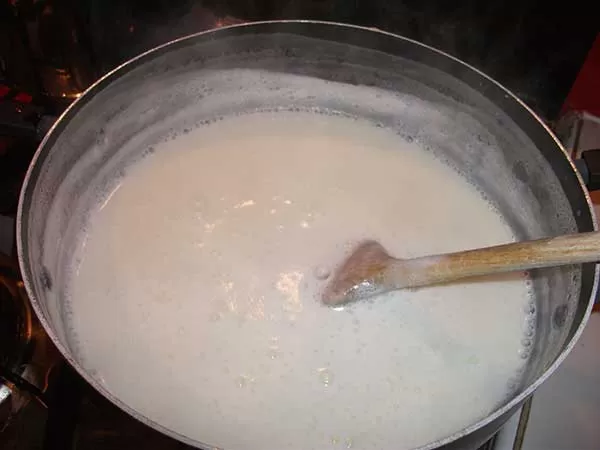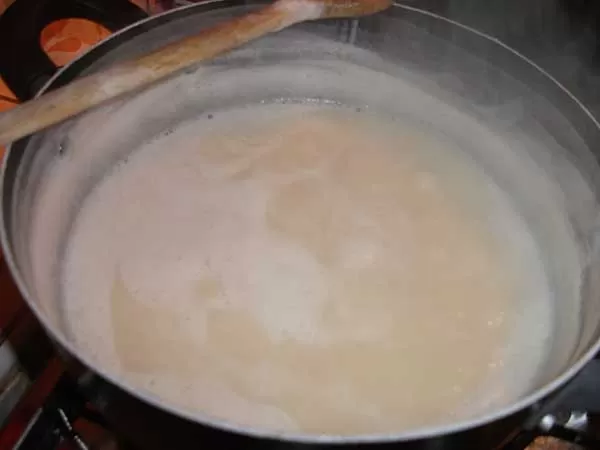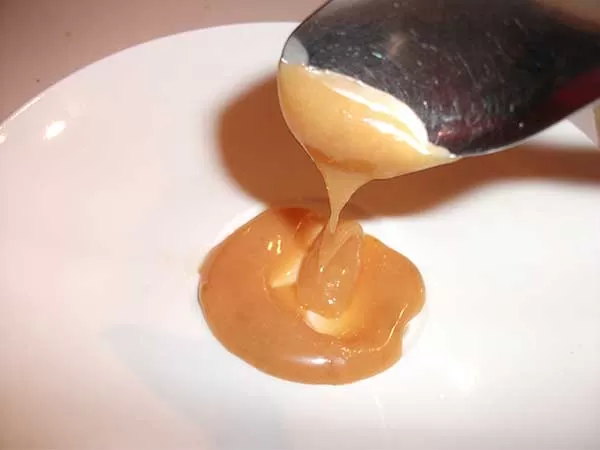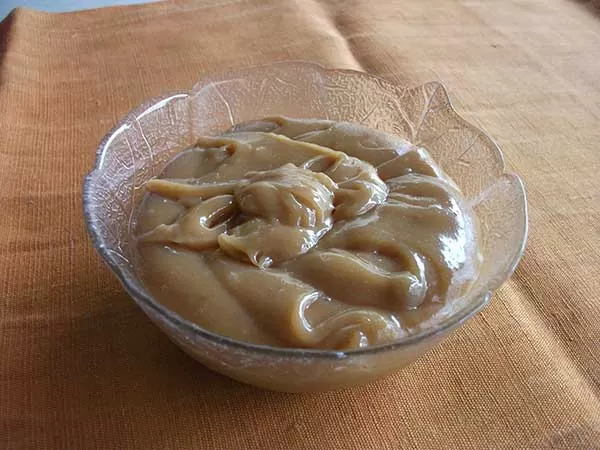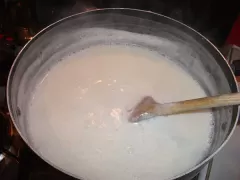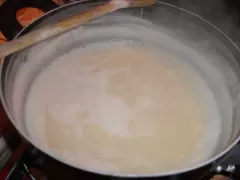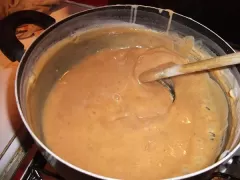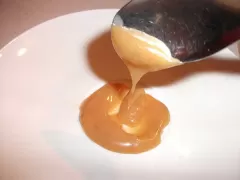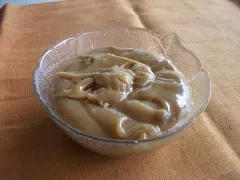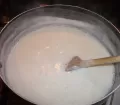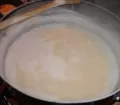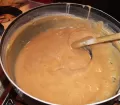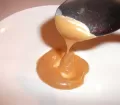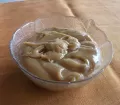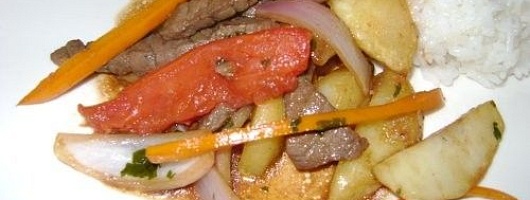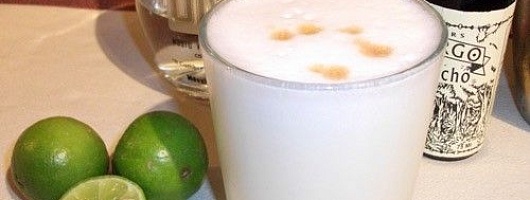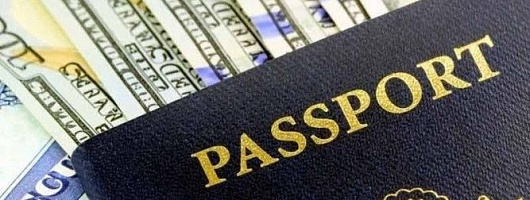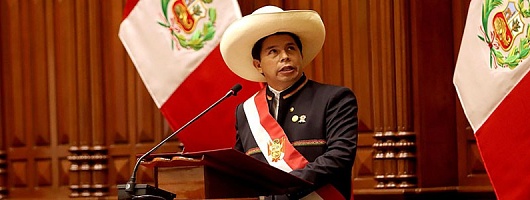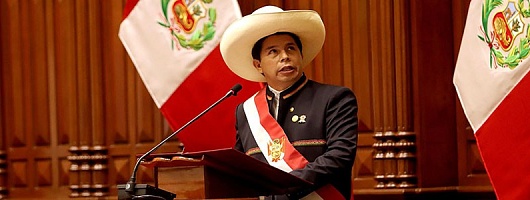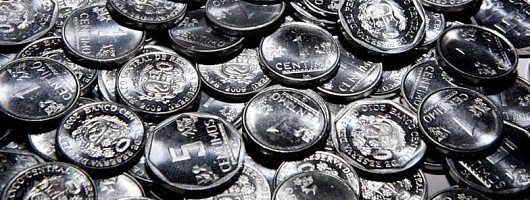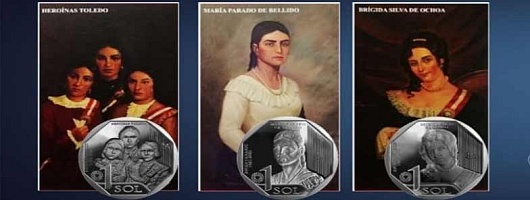Manjar Blanco isn't a dessert for itself. But as it's popular throughout South America and used in many cakes, pastries, cookies and even ice cream in Peru, this sweat, caramel-like, sticky reduction of milk and sugar just belongs here.
Even though Manjar Blanco is easy to find outside South America, homemade is so much better. The procedure of reducing the sugared milk to a thick and creamy caramel-like paste isn't difficult at all but takes its time.
I quite often heard that Manjar Blanco is just another name for Dulce de Leche, Arequipe, Cajeta or Manjar de Leche. There are allegedly no differences between them. I can’t agree on that. Having tasted numerous versions, I have to say, there are differences in appearance, texture and taste in the different Latin American countries, but as well in the sugary milk reductions from the US, Europe and Russia. The Peruvian Manjar Blanco and the Manjar de Leche from Ecuador for example seem identical to me, however much creamier and milkier than for example the Mexican cajeta which rather is comparable to a thicker caramel sauce with a touch of milk. So, for your Peruvian sweets try to stick with Peruvian Manjar Blanco.
And just one recommendation if you want to enjoy a fantastic Manjar Blanco: stay away from preparing it by boiling a can of sweetened condensed milk in water for 90 minutes. The results are more than disappointing, and neither the taste nor the pudding-like consistency have anything to do with real Manjar Blanco. Yes, I know the traditional preparation is a slow and time-consuming process but be assured it's worth every single minute.
The below recipe leaves you with around 240 g (3/4 cup) of Manjar Blanco and is enough for the filling of a Pionono or our recipe of Alfajores.
Recipe for Peruvian Manjar Blanco
Ingredients:
- 1 l (4 good cups) fresh whole milk (no skim or "light" milk!)
- 1/2 tsp baking soda
- 250 g (1 1/4 cup) sugar
- 1/2 tsp vanilla extract
Preparation:
- In a wide and high nonstick pot heat the milk. Once the milk is boiling, reduce heat to low and start whisking. Then carefully add the baking soda. It will foam heavily, so keep stirring to avoid boiling over. Once the volume falls add the sugar and slowly stir until sugar is dissolved.
- Let simmer on very low heat, stirring here and there. The trick is finding a good balance between stirring only so much that the milk doesn't boil over or burn and leaving it simmering for enough time to let the liquid evaporate and the sugar caramelize.
- For the next 20 minutes it seems that nothing really happens. Be patient. Then the mixture slowly changes the color and gets creamier.
- As soon it's light golden and thickens, it's time to constantly, but slowly stir to avoid burning.
- When the Manjor Blanco has a nice dark golden brown color and is very thick and sticky (this should be after about 40 minutes), it's ready. To determine if it has the right consistency, drag a spoon along the bottom of the pot, you should be able to see it for a few seconds; or take a teaspoon out on a small plate, if it stays the way you placed it, it's exactly right.
- Remove from heat. Stir in the vanilla extract and let cool down. Give it a stir occasionally.


